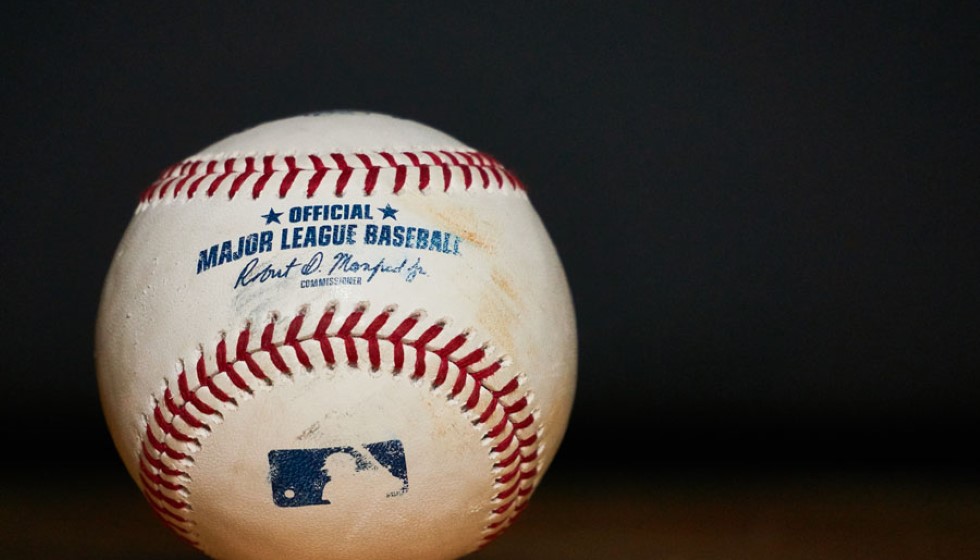
In a significant development within the Major League Baseball Players Association (MLBPA), a group of more than 20 player representatives have initiated discussions on potential leadership changes. This move underscores a growing unrest among players regarding the organization's direction and the handling of key issues affecting their careers and income.
Push for Change at the MLBPA
The central figure at the heart of this debate is Bruce Meyer, the deputy director of the MLBPA, whose performance, particularly in the handling of Collective Bargaining Agreement negotiations, has come under scrutiny. Some members have voiced their preference for Harry Marino to take the helm, aiming for a shift in focus towards a more inclusive representation of player interests across the economic spectrum of the league.
Divisions Within the Ranks
Highlighting the divide, a contentious Zoom call featuring MLBPA executive director Tony Clark, Meyer, and player representatives failed to yield a resolution, signaling deep-seated issues within the association's ranks. One of the critical points of contention is the perceived economic disparity between high earners and the middle-class talent within the MLB, an issue that has exacerbated divisions among players.
The dissatisfaction has been fueled further by the difficulties faced by some high-profile free agents in securing deals they believe reflect their worth, against a backdrop of a general downturn in spending on free agents compared to previous years.
Economic Disparities and Representation
The shift in dynamics and the ensuing discontent among players reflect broader concerns about economic disparities and representation. The situation is viewed by some as symptomatic of larger societal issues, with the sports industry serving as a microcosm of the challenges faced by workers in many sectors.
Critical to the discussions is the influence of figures such as Scott Boras, a prominent sports agent, who is seen by a faction of the MLBPA membership as wielding excessive influence. This underscores the multifaceted nature of the challenges facing the MLBPA, encompassing not only economic concerns but also issues related to governance and the balance of power within the organization.
The Road Ahead
The ongoing debates and the call for leadership changes signify a critical juncture for the MLBPA. The outcome of these discussions could have far-reaching implications for labor relations within sports, potentially setting a precedent for how player associations address internal dissent and navigate the complex interplay between economic interests and collective representation.
As the MLBPA continues to grapple with these issues, the broader community will be watching closely. The case presents a unique opportunity to explore solutions that could pave the way for more equitable and representative labor relations in sports and beyond. It remains to be seen how the MLBPA will address the concerns raised by its members and what the future holds for its leadership and the players it represents.
What is clear is that the resolution to these internal disputes will not only impact the players and the association but could also offer insights into tackling larger societal challenges of inequality and representation. As the MLBPA charts its course forward, the decisions made in the coming days will undoubtedly resonate beyond the diamond, influencing the broader narrative around labor relations and the fight for equitable representation in all sectors of society.